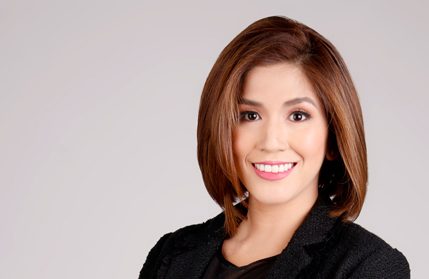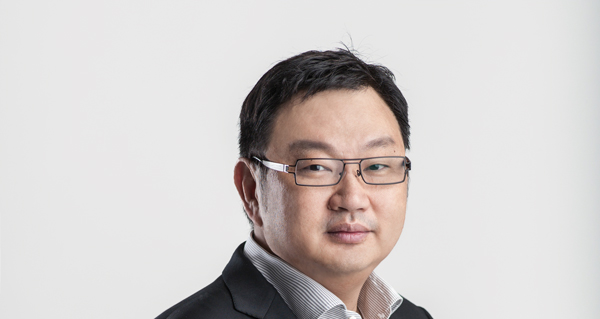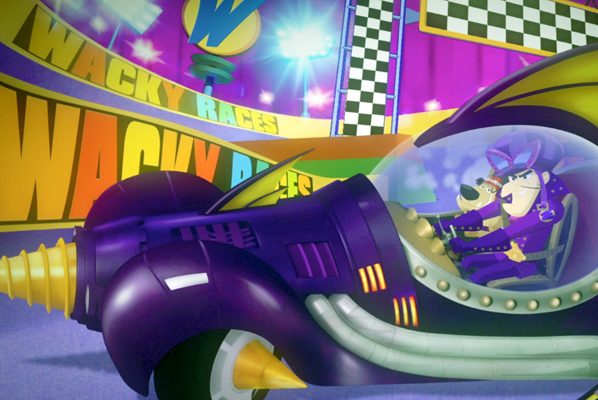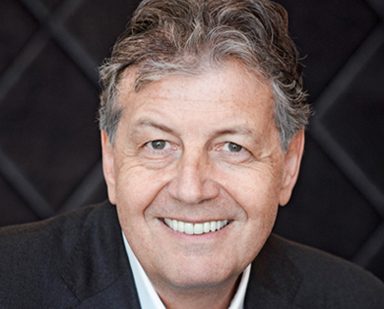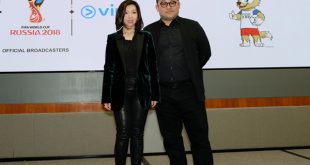Mark Eyers, the chief content officer and senior VP for kids’ networks at Turner’s Asia-Pacific business, and content head for Cartoon Network, Boomerang and Toonami in the region, tells TV Asia about his programming strategy.
In a highly competitive and fragmented market, Cartoon Network has emerged as the leading kids’ channel in the Asia Pacific, delivering global hits like Regular Show and Adventure Time alongside regionally and locally developed fare such as Exchange Student Zero and Lamput.
TV ASIA: In terms of original content, how much are you doing on a pan-regional level and how much is being driven by your individual local markets? Can that local content be deployed pan-regionally as well?
EYERS: It depends on the content. We use an 80/20 rule. We want our brand to be consistent in multiple markets, like any other major franchised brand. So we want 80 percent of our content to work everywhere, and 20 percent is local. An example of a successful local show for us would be Roll No. 21. That’s designed and intended to work in India. We’re also looking for ideas that travel elsewhere because obviously scale helps everybody. We recently commissioned a bunch of shorts called Lamput. That was created by one of our partner creator directors in India. We’re using that all over AsiaPac, and also sharing it with the rest of the world. That’s an example of content that was very much made in India, but with a global outlook. We’re launching it as shorts first, 15 seconds, and then we’ll move to toons and keep developing it on that digital-first pipeline. And being flexible in models, we’re also doing a co-production in Korea. We’re working with a studio there and will be again starting with shorts. We’re bringing the concept, called Beat Monsters, to Asia and it will go to Europe.
TV ASIA: Tell us about your talent development initiatives.
EYERS: One of the key things we’re proud of at Cartoon Network around the world is we’re very creator friendly. When we work with creators and directors, one of the mottos that my head of original production and development, Silas Hickey, always uses is, It’s about giving them the tools and the resources to do what they do, and then get out of the way and let them create. That relationship we have with creators is important. At the end of the day, that reputation travels—people will say, Those guys are good to work with because they let directors and creators realize their vision and help them get there.
TV ASIA: And the digital-first strategy allows you to play a bit more because you don’t have to risk investing in a proper pilot or full series?
EYERS: Absolutely. We can take more bets. When you do it the old TV way, a half-hour or 11-minute pilot, that’s a lot of money and time. It’s not so much about the money. It just takes a lot of time, and at the end you might go, That’s not right for us! With the digital-first strategy, we can do multiple little shorts and content with multiple creators, and we’ve got the platforms to test them in real-world situations, not just a focus group in a fish bowl. We can take the shorts and stick them on the channel or our branded sites and platforms, and also in front of the paywall on our new apps like Cartoon Network Anything and Cartoon Network Watch and Play, and we can see how the audiences react. We learn from that. That’s exciting to creators as well. Not every creator wants to make a pilot and then have it locked away in a vault.
One thing I want to emphasize is, when we say shorts or short content, that doesn’t mean we cut down bits and pieces from other things. One thing we work hard on across all these different platforms is creating a unique narrative. The sum of these parts is greater than the whole in the sense that each of those little pieces adds something to the narrative. Our audiences today, with total consumption, want to see and hear more about their favorite characters and the storytelling in different ways and on different platforms. So if they do come and watch the show on the channel, they want a different narrative experience than they might get on a mobile device. We’re finding that’s very important for us when we create these multiplatform digital-first launches. We’re also engineering unique narratives for each of those different platforms. It’s the philosophy of never going dark on the content that our kids like.
TV ASIA: I know you’ve been in the kids’ business for a while now. With all the shifts in consumption, is it more fun today?
EYERS: We always have the philosophy of, Embrace the beast. People see the change coming and some duck and weave and dodge, but I’m a great believer that you hug it straight on. We still start with great characters. The fundamentals don’t change. You need great characters in unique worlds. Now we can create these worlds not just on television but on multiple platforms all at the same time and change the order.
 TVASIA
TVASIA

